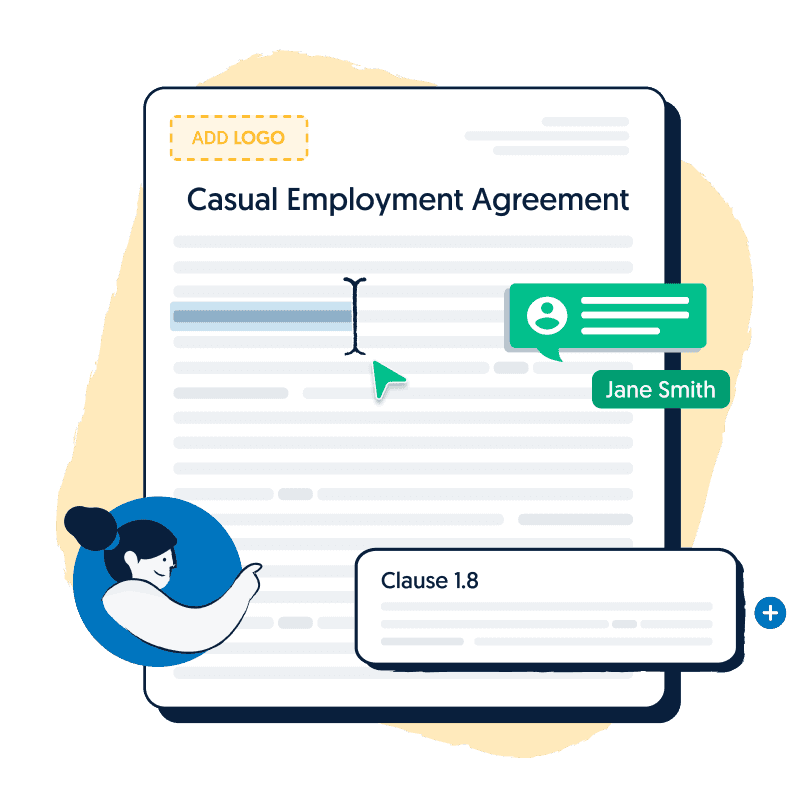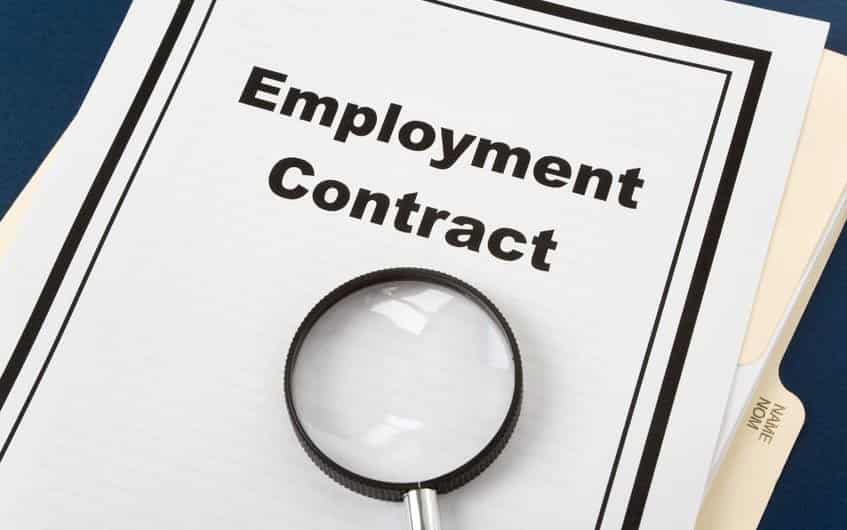Employment types are defined based on the amount of hours you work. The most common classifications are full time, part time and casual. Each type of employment carries with it different entitlements and responsibilities. Due to this, it is important for employers to know how their employees are classified, and more so, that employees are classified correctly. In this article we’ll define what makes someone employed on a part time basis, including how many hours are considered part time work.
Part-time employment
A part-time employee differs from full-time or casual employees in the following ways:
- Works less than 38 hours per week
- Works regular hours each week
- Is entitled to the same benefits as a full-time employee, but on a pro rata basis
- Is a permanent employee or is on a fixed-term contract
Full-time employees work longer hours than part time workers. On average, they work 38 hours per week. Additionally, casual employees usually work irregular hours. A casual employee does not have a firm commitment in advance from their employer about how long they will be employed for, or the days (or hours) they will work. Whereas, a part-time employee does. These are the main differences between full-time, casual, and part-time employees. It is wise for employers to be aware of these.

Get your Casual Employment Agreement now for free.
Hire casual employees in any industry. This Employment Agreement (Casual) is essential when hiring new employees for your business.
Entitlements
If an employee is employed part time, you must recognise their entitlements. The same minimum entitlements as a full-time employee apply. These include sick leave and holiday pay. The Award type and terms of employment agreement will also contribute to these benefits. Therefore, it is important to assess this on a case by case basis.
What if things change?
It is common for work arrangements to change. If an employee can no longer fulfil their regular hours, but still wishes to work, employers can renegotiate the employment arrangement to a casual basis. If an employer is finding that a part-time employee is verging on working more than the 38 hour threshold, it may be worth renegotiating the arrangement to full-time status. For tax reasons and fair work laws, employers must remain aware of these changes and ensure that any legal standards are maintained.
The Australian Government Fair Work Ombudsman website contains more relevant information. Generally speaking, a part-time employee works less 38 hours per week. However, unique factors can also contribute to the status of an employee. It is important that if you are unsure about the terms of an employment agreement that you seek the assistance of a contract or employment lawyer.




